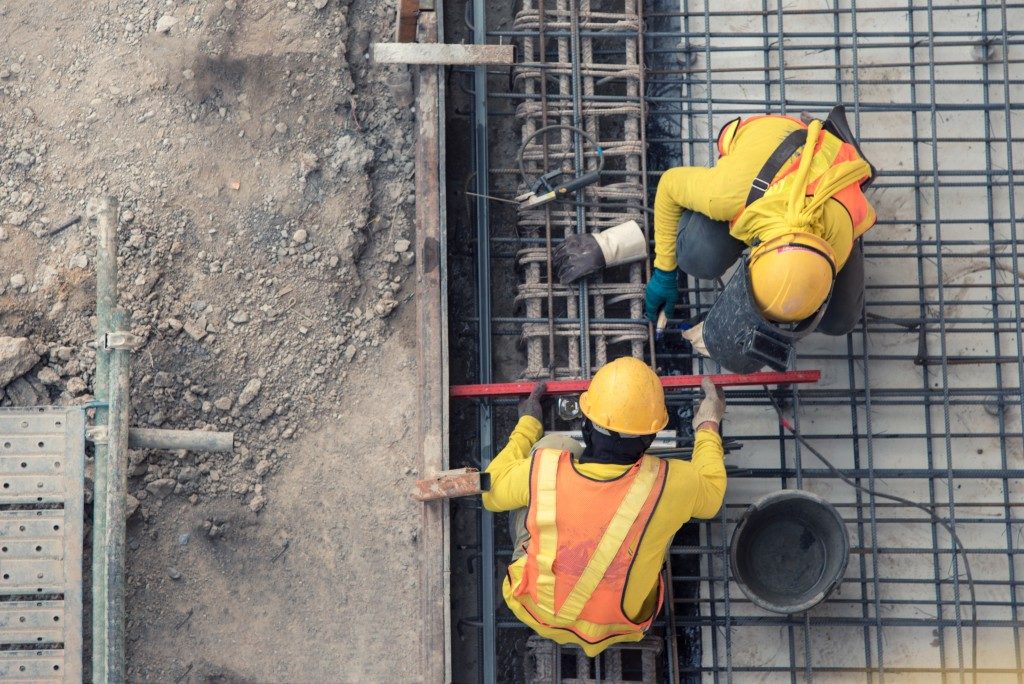The construction industry has seen a decline in demands when the pandemic hit. Because people were stuck inside their homes and many businesses were down, many construction works were also halted in compliance with lockdown laws. But heavy construction is a hardy industry that will continue to grow as the years go by. As with any line of work, it has its advantages and disadvantages that should be weighed before exploring the industry. Challenges will always be present, but they will ultimately open opportunities for many people.
The Disadvantages
Not Immune to Industry Changes
The construction industry relies on machines that need to be operated by people. If you take people away from that equation, the industry might cease to work. This is how certain kinds of worldwide changes that affect people themselves can negatively impact the construction industry. The effects are evident and can be felt right now during the global pandemic.
With the nature of construction workers’ jobs always being outside, the pandemic also forced them to pause indefinitely. Some restrictions prevented certain operations, leaving construction enterprises in a financial rut. Even their employees are at risk of contracting the disease, so construction companies can only comply with the lockdowns.
A Risky Job
Construction work is a big and dangerous task. Managing heavy machinery will always have the risk of accidents on all the people involved in the task. This can actively be avoidable through various preparations like obtaining necessary permits that ensure the safety of the workers, regularly maintaining and repairing powertrain components of the heavy machinery, and properly wearing protective gear while on the job. But all in all, physical danger can be found in every operation.
Environmental Concerns
Construction work has long been a concern for the condition of the environment. Machines are used to erode and alter landscapes, leaving the earth bare for new structures to be built on. These machines run on exhaustible resources and produce large amounts of carbon emissions that contribute to climate change. The resources used for construction like wood and various mined minerals are also a part of the problem due to how they are obtained. Lastly, operations inevitably produce amounts of wastes that require more energy to properly dispose of.

The Advantages
Technological Advancements
Innovations in construction machinery can be seen as negative by some people because it minimizes human control and can someday alleviate the need for workers. But technology exists to assist people and make lives easier. Not only do these innovations reduce the risk of accidents from operations, but they also make the work more efficient and less costly. With the rise of sustainability, new technology can help reduce the impacts of the construction industry on the environment.
Labor Shortage
Many contractors are concerned that there is a labor shortage in the industry. This can pertain to how fewer people take up a career path in construction and even lesser people who develop valuable skills while working. This shows that even in a pandemic, there are still needs to be filled by construction work.
Constant Demand
Large construction work will always be in demand as better structures are constantly being built to accommodate people. Construction work is incorporated in almost all industries. With heavy machinery as important tools in vastly different fields like sports, food, transportation, and agriculture, construction work can branch out into more unexpected sectors that require more workers for efficient operations.
So are there any opportunities in the construction industry?
Yes, there are. As an industry that continuously creates opportunities for everyone, the requirements to find work in this sector are relatively easy to achieve. Formal education on related subjects is a big advantage. Still, it is not a strict qualification, as many companies conduct on-site training to equip workers with the fundamental knowledge and firsthand experience. There is an acceptance for people from all walks of life, and this industry connects to almost every other industry that exists.
This means that opportunities to branch out will always be available. From fieldwork and machine operation to supervising and paperwork processing, the options are endless. With vaccines being administered all over the states, lockdown regulations are starting to allow major construction projects to resume. And even more building projects are expected to come to help the country recover from the pandemic.
In conclusion, there are many opportunities for everyone in this industry. The disadvantages sound off-putting, but the advantages can easily outweigh them, especially now when more people are moving to make construction a safer job and a more eco-friendly process with the help of modern technology.
References:
International Labour Organization. Impact of COVID-19 on the construction sector. Jan. 2021, https://www.ilo.org/wcmsp5/groups/public/—ed_dialogue/—sector/documents/briefingnote/wcms_767303.pdf. Accessed 26 Aug. 2021.
Yurkevich, Vanessa. America desperately needs 1 million more construction workers. CNN Business, 11 Jul. 2021, https://edition.cnn.com/2021/07/08/economy/construction-worker-shortage/index.html. Accessed 26 Aug. 2021.


